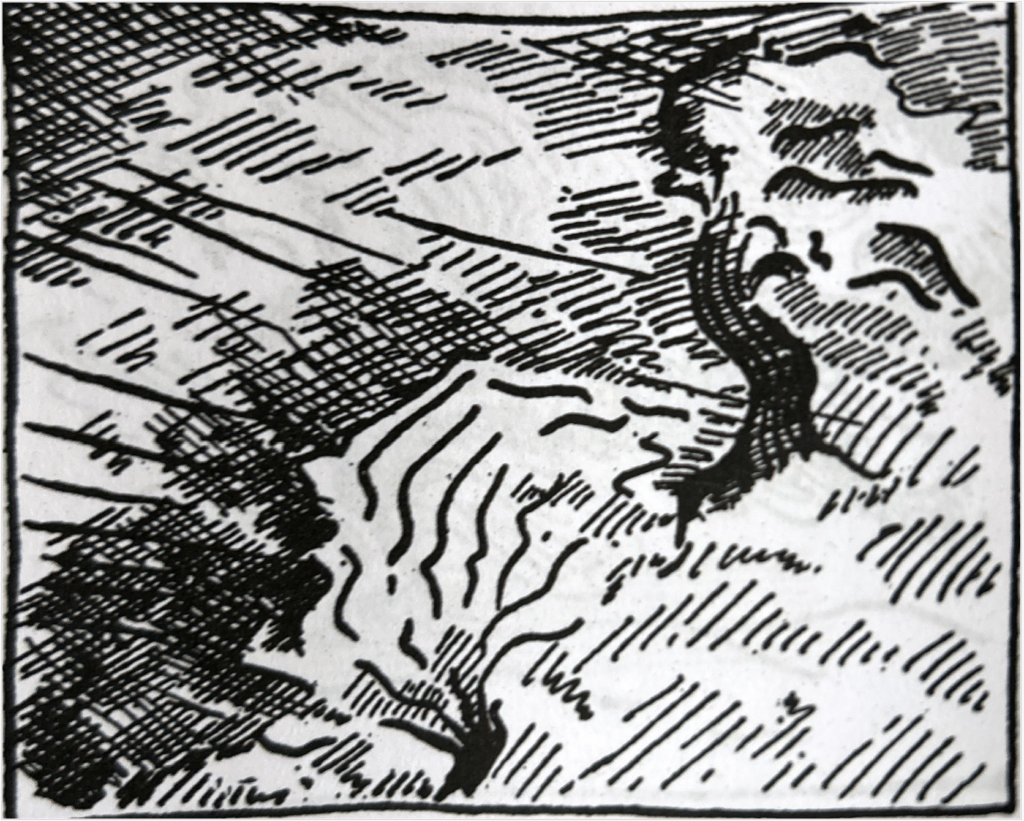
Do you want to know about the circulation life of a library book? Or what does winter at -37F look like in Yellowstone National Park?
Check out the Top Ten Videos of 2024 from The Kids Should See This

Do you want to know about the circulation life of a library book? Or what does winter at -37F look like in Yellowstone National Park?
Check out the Top Ten Videos of 2024 from The Kids Should See This

Marion Milner’s unique approach to self-discovery involved using her creative explorations in literature and art as a therapeutic project. Through her meta-diaries, she abandoned preconceived goals and embraced free writing to uncover hidden thoughts and dark instincts. Milner’s focus on creativity influenced her self-discovery and guided her therapeutic practice with patients like Simon, emphasizing the importance of creative expression for maintaining a sense of the future.
Since 1926, Milner had been writing diaries in which she recorded her impressions of life in ways that seem ordinary enough. She would, for example, note seeing “a little boy in a sailor suit dancing and skipping by himself on his way to look at the sea lions,” or reflect, “I realized how untrustworthy I am in personal relationships … always agreeing with the person present.” But in the thirties Milner turned her diaries, as a sort of raw material, into her first books, which were published as essayistic reflections about her diaries: A Life of One’s Own (1934) and An Experiment in Leisure (1937). In them she invented something new and a genre of her own: a diary about a diary, or what the critic Hugh Haughton has called a “meta-diary.” Contemporaries like W. H. Auden responded with enthusiasm.
The Eclectic Educator is a free resource for everyone passionate about education and creativity. If you enjoy the content and want to support the newsletter, consider becoming a paid subscriber. Your support helps keep the insights and inspiration coming!